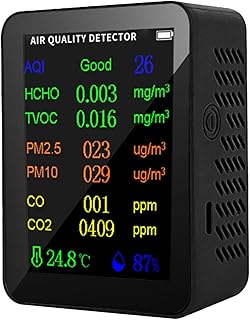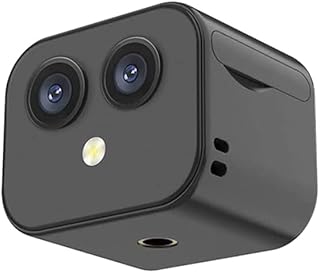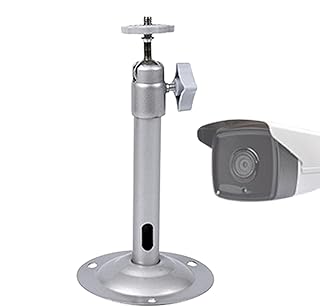Integrating technology in education poses challenges like smartphone distractions. Educators’ acceptance hinges on perceived usefulness, ease of use, and technical support. Innovative methodologies, such as dynamic activity detection and wearable tech, enhance classroom interaction and learning outcomes. However, no studies have delved into the acceptance of this software. This research delves into young engineering professors’ perceptions of advanced monitoring technologies to enhance student attention and engagement based on the Extended Technology Acceptance Model (TAM2).
Data were collected from young engineering faculty members at a Spanish university through a structured questionnaire examining perceptions of usefulness, ease of use, and anxiety. Short training sessions proved crucial for successful implementation, addressing financial, privacy, and technical challenges. Findings indicate positive acceptance, with ease of use influencing the intention to use and the image construct. Anxiety negatively impacts usage, underscoring the need to address it. Adequate technical support and continuous training are vital.
The study reveals positive acceptance of real-time behavior measurement software among young engineering professors, emphasizing the importance of training and addressing anxiety and institutional acceptance. The integration of advanced technologies in educational environments is imperative to enhance student attention and performance. Education has benefited less from technological advances, especially in engineering, where adaptation to technology in the classroom lags behind.
Recent studies highlight the growing significance of wearable technologies, particularly smartwatches, not only for educational purposes but also for monitoring stress and anxiety among students. These tools offer new avenues to understand student well-being, crucial in combating reduced attention in classrooms due to smartphone usage.
One of the pressing issues in educational environments is the increasing distraction caused by mobile phones, making it challenging for instructors to assess student engagement accurately. The system discussed in the study offers a low-impact approach that respects privacy and provides objective measurement of attention, crucial for student activity in class.
The research introduces an innovative approach to dynamic activity detection in the classroom through an effective graphical user interface (GUI) validated by engineering faculty in diverse educational settings. By leveraging the Technology Acceptance Model (TAM2), the study evaluates the effectiveness and acceptance of the proposed technology in real-world educational contexts.
The study aims to collect quantitative and qualitative evidence of improved classroom behaviors and enhanced student academic performance. The research explores how young engineering professors perceive the implementation of advanced technologies, specifically through the use of action control systems enabled by online monitoring, providing objective and effective tools for evaluating student activity and attention while respecting student privacy.
📰 Related Articles
- Young Men Embrace Russian Orthodox Church for Traditional Masculinity
- Young Australians Embrace Outback Adventures Over Overseas Gap Years
- Young American Men Embrace Traditional Masculinity in Orthodox Christianity
- Valencia County’s Young Riders Embrace Western and English Riding
- Greenville County Schools Embrace AI in Classroom Instruction






